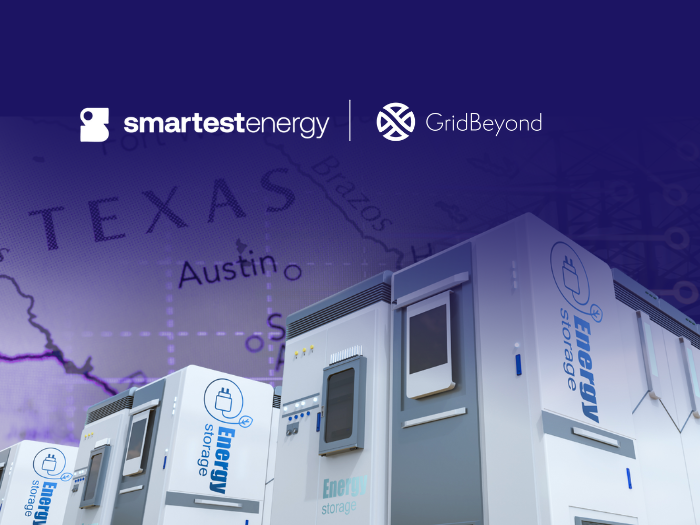Insights
better business decisions
Posted 3 years ago | 3 minute read

PJM presents road map for future grid
PJM has released a report outlining a vision for the grid of the future. Published on May 10, the Grid of the Future: PJM’s Regional Planning Perspective examines how key industry trends and drivers could impact PJM and PJM’s transmission planning process. It envisions a transmission system driven by decarbonization, renewables, public policy, a diverse resource mix and new technologies.
PJM anticipates that over the next 15 years, it will integrate more than 100,000 MW of onshore wind, offshore wind, solar and storage in addition to 15,000 MW already in service.
The report also notes that increased levels of wind and solar resources present unique challenges to planning. Meeting future transmission needs will involve enhancing operational flexibility while ensuring that the reliability and resilience of the grid remain paramount. To interconnect these resources, future grid enhancements alone are estimated to be more than $3B.
The road map sets out four focus areas:
- Transmission build-out scenario studies will be conducted in 2022. These will leverage PJM’s renewable integration and offshore wind studies as well as include additional analysis of the potential impacts of greater transportation and building electrification.
- Targeted reliability studies will continue to explore generation and transmission reliability attributes such as reactive control, stability, system inertia and frequency control, and short-circuit impacts.
- RTEP process improvements will continue, including key initiatives already underway: interconnection process reform, generator deliverability methodology enhancement, the development of Effective Load Carrying Capability methodology and the implementation of probabilistic planning techniques.
- Regulatory policy impacts will inform new reliability criteria for such eventualities as extreme events, state electrification policies and Federal Energy Regulatory Commission action on regional transmission planning.
GridBeyond SVP North America Wayne Muncaster said:
“We are in the middle of the 2nd major transition since the industrial revolution in the early 1900s with increased global demand for power and proliferation of renewable power generation driving significant change. Our customers are already feeling the effects of this transition. This paper details the road map that will plan the future transmission system to enable the shift to renewables generation resources that are smaller, more dispersed, and with more variable in output. But creating a power grid that is flexible and responsive to customer demands will be key in managing and integrating new resources that are coming online.
“Through collaboration, learning lessons from other markets and ensuring that focus of policy and regulatory interventions isn’t just on the supply-side, but takes into account the entire energy value chain including latent time of use flexibility in the existing infrastructure, grid operators and states can ensure resilience while making moves towards a cleaner, greener economy.”

Webinar: The Power of Participation | How to optimize your energy strategy to cut costs, increase resilience and secure sustainable growth
For energy-intensive businesses, such as those in the metal sector, there has never been a better time to review their energy strategies to ensure maximal resilience, cost optimization, and increased sustainability.
Learn more





